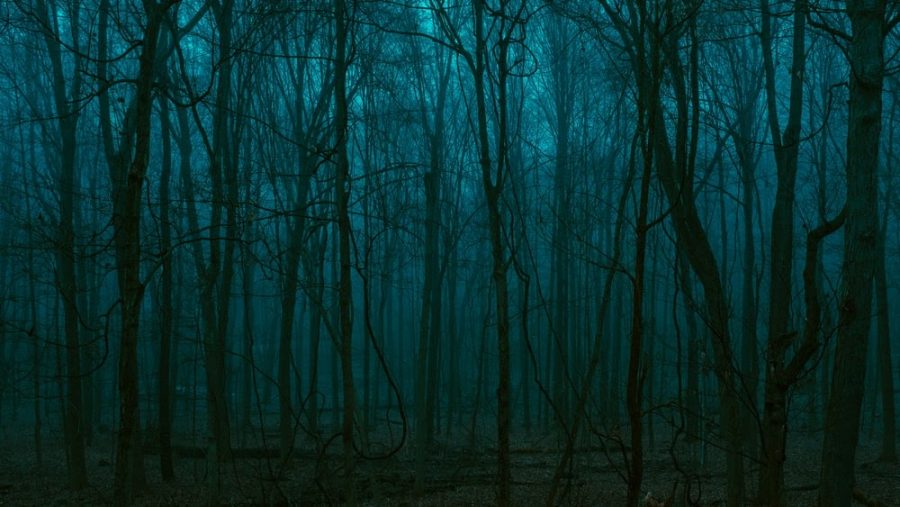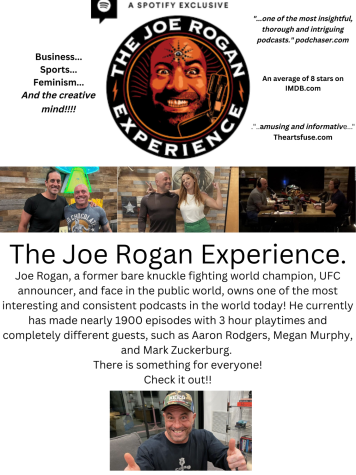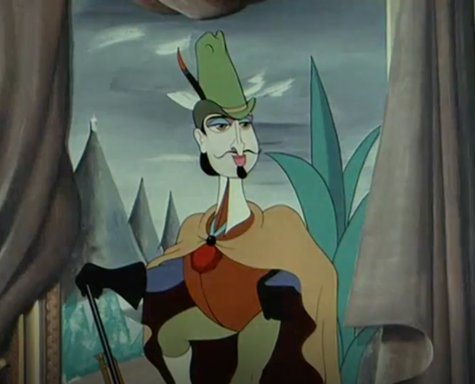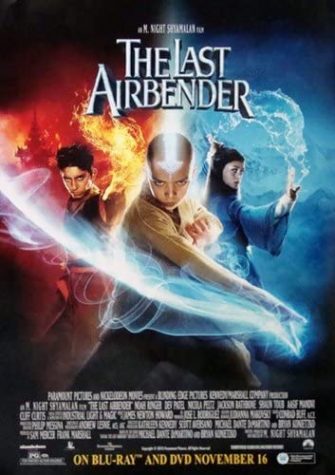Slashers, Superheroes, and Cardinal Sins: On Horror in VIcious
Picture this: you’re alone in the woods, being chased by a strange man in a mask who is hell-bent on killing you, and never stops coming, even when shot or otherwise harmed. Is it Jason Voorhees, the iconic killer from the Friday the 13th franchise, or is it Eli Ever, the EO serial killer from VE Schwab’s superhero-based duology, Vicious?
Since the beginning of the superhero genre, explorations have been taken into the darker side of stories about caped crusaders. Characters like Venom, the Swamp Thing, Scarecrow, the Green Goblin and the Joker all represent otherworldly, alien, or psychological threats that could occur in a world where superhuman powers are possible. Recent additions to the genre in the form of TV shows such as The Boys and Invincible ask the question of why we assume that those with superhuman powers would protect us and ultimately prevail, not destroy our world as we know it, and the idea of labs that torture and study innocent people have always haunted the pages of comics and frames of movies alike. These stories and issues, however, so large scale in their undertakings, have certain questions that are not often asked, and certain horror tropes yet to have been explored.
The most primary of these is one of the most classics in horror itself: the quintessential slasher, a masked or disfigured serial killer on a mission to kill, and enjoy their killing.
The Studiobinder article What is a Slasher Film- Definition, Characters, Villains, and Tropes by Sam Kench provides the following definition: “The Slasher film is a horror sub-genre that meets certain criteria, including an effective killer, a high body count, and non-firearm weapons. These criteria can sometimes be open to interpretation or debate but those are the basic requirements for a Slasher”. This article also includes a list of common secondary slasher tropes: the final girl, gory kill scenes, teenage victims, isolated settings, a revenge-driven backstory, and killers who wear masks or are facially disfigured. The TV Tropes page on slashers also includes a vital piece of information: “[the victims] are all usually guilty of some minor vice. Once the audience has had a convincing demonstration of their (usually sexual) misdemeanors, they are spectacularly slaughtered”.
Unlike many superhero stories, in which the antagonists are otherworldly aliens, supervillains that carry out grand maniacal plans, or other supernatural threats, the primary antagonist of the Villains duology is very simple in concept: a serial killer. Due to his religious background and past traumas, the former brilliant pre-med student Eli Ever abandons his career track to switch to something else instead- the extermination of people with superpowers, also known as ExtraOrdinaries or EOs. An EO himself, after experiments done with his former roommate and best friend turned nemesis Victor Vale, Eli views himself as being given his power of regeneration by God in order to rid the earth of EOs, which he believes are inhuman sinners. Through this mission, Eli completes the role of a slasher from the standpoint of both aesthetics and storytelling. Like a classic slasher, Eli stands on the line between monster and man, gifted with a healing factor that renders him functionally immortal. This ability is powerful enough for him to be able to drag himself out from under fallen buildings, repair his face when shot at close range, and kill EOs with his bare hands. Like a classic slasher, his methods vary by victim, and can often become ornate, almost artistic. The line is one-off, but in the first book, Eli remarks on a time he killed an EO via bear trap, a kill right out of the 80s best. And, of course, like a classic slasher, Eli wears a mask when he kills. Even after his eventual arrest, Eli continues to hold a horror movie-esque role: much like Hannibal Lecter, Eli becomes a jailed serial killer, helping a government agent (Detective Mark Stell) track down a different killer from behind bars.
Eli’s not always textbook though, of course. Unlike many slashers, who are inherently monstrous appearing and have no life in society besides their killing, Eli is more akin to Scream’s Billy, the seemingly normal and all-american boyfriend with something darker under the surface. He lives a double life, masquerading most often as a college student, and drawing his kills in with this facade. This setting also leads to horror callbacks- like 1974’s Black Christmas and its slaughtered sorority sisters, Eli also often finds himself targeting attractive young college girls.
The most interesting combination of slasher styles found in Eli’s character, though, is his dialogue. Slashers often fall into two camps: silent or mostly nonverbal like Michael Myers, Jason Voorhees, and Leatherface, or somewhat snarky and sarcastic, delivering one-liners like Chucky and Freddy Kreuger. Eli establishes in Vicious that while these days he doesn’t speak when he kills, keeping things efficient, more early on in his career he would give his victims an explanation of why he targeted them. These speeches will show up again once or twice with particularly important victims, as Eli imparts them with how he, guided by God, must punish them for their sins, exterminating something that’s already, in his eyes, dead.
This idea of sin, while not always explicitly textual in slasher horror, is ever-present. One of the endlessly pointed-to qualities of the genre, referenced in the TV tropes article, is its tendency to kill off characters that are promiscuous, use drugs, or in other ways violate the societal norms of America in the 70s and 80s.
While the sins that Eli punishes are much less trivial in nature than recreational drug use- he truly believes that EOs are missing their souls- he still strives to punish. Much like hockey-masked Jason, hunting down teenagers like the ones who let him drown so long ago, Eli believes to have seen evil firsthand and wants to right it, seeing himself as a hero, and visually signifying himself as one with his black superhero mask. This quality, most closely shared by these two very different characters, is why I find the slasher genre so deeply interesting. These characters are very clearly in the wrong, and yet year after year, fans return to theatres to watch their favourite killer chase down innocent teenagers. This violent retribution isn’t something that has been earned, and yet, the audience feels a little bit of satisfaction at each kill, especially when the characters taken out are rude or annoying. The killers themselves often also appeal to social outcasts, in a reaction close to the ones given to Frankenstein’s monster. These characters may be killers out of enjoyment, but there is still often a tragic past, or present. Jason and Leatherface are disabled, the Candyman and Silence of the Lamb’s Buffalo Bill were both prejudiced against for certain parts of their identity (for Candyman, his race, and for Buffalo Bill, their transness), and, as hinted at in the first book but fully revealed in Vengeful, Eli Ever’s backstory before he meets Victor isn’t much different. It’s established that, from a young age, Eli’s father, the pastor John Cardale, saw an undefined darkness and strangeness in his son, which he believed to be the devil, and routinely tried to beat it out of him. Eli’s physical abuse ends when, in a scene reminiscent to Halloween’s scenes of Michael Myers’s first kills as a young child, Eli pushes his father down the stairs, finally finding peace and God in the action.
This is where nature versus nurture comes in; would Eli have ever killed in the first place if not for his father? Or did his father recognize what his son would grow up to become, and try his best to stop it? If Jason Voorhees didn’t drown alone in the lake, would Camp Crystal Lake still be a place of terror? If there were no wrongs done unto these characters in the past, would they still do unto others?
The character foil of the slasher that makes this cycle of abuse most clear is that of their final girl. Trope definitions for this archetype are much simpler than that of a slasher: Wikipedia defines the final girl as “the last girl(s) or woman alive to confront the killer, ostensibly the one left to tell the story.” However, the role of these characters are much deeper than just being a point of view: as final girls survive, and often manage to kill or subdue the killer, at least until its eventual return, a final girl is both literally a survivor of trauma and a representation of being a survivor. As franchises continue onwards, a final girl’s respective monster will often return: as of 2021, the Halloween franchise’s Laurie Strode appears in five different installments, by 2022 Scream’s Sidney Prescott has appeared and starred in all five of the films, and the trailer for the new Texas Chainsaw Massacre heralds the return of Sally Hardesty. This constant return of the killers speaks to the fact that one is never truly done with trauma, even when they’ve grown past the initial horrors of their youth.
In the Villains duology, this character role is held by Sydney Clarke, first introduced as Victor Vale and his partner Mitch Turner’s adoptive daughter, a thirteen year old girl with the EO power to reanimate the dead. It’s quickly revealed that she met Victor and Mitch shortly after a run-in with Eli, who has been dating her older sister and the only person Sydney has confessed her power to, Serena Clarke. Eli and Serena drive Sydney out into the woods, present her with a corpse heavily implied to be one of Eli’s victims, and, forced by Serena’s siren-like powers, get her to reanimate it.
Eli takes this as proof of Sydney’s inhumanity and sin, and begins to give her his explanation of why he must kill her, which Sydney takes as an opportunity to run and escape. Eli chases through the woods after her in a scene straight out of any good horror movie, and Sydney is injured before eventually making it out.
From this point onwards, Sydney allies herself with Victor and Mitch, who she now considers her new family. This position pits her against Eli time and time again, but she manages to evade him every time, until the ending of Vengeful, in which Sydney finally completes the final girl role, killing a depowered Eli with a gunshot through the chest.
It’s through Syd that the terror of Eli is fully realized- Sydney is young and innocent, her powers are restorative, not harmful, and her biggest desires are very simple: she wants a proper family, she wants to be more like other girls her age, she wants to be considered as mature and not a child, and she wants to give people second chances. She’s a preteen (and later teenager) in a way that’s universally relatable, and she is terrified of Eli Ever. Even just being in the car or alone in the room with him unsettles her, and in Vengeful, he appears repeatedly in her nightmares, masked and hoping to finish the work he started, even her new family unable to defend her. Syd also mistakes a boy in a similar mask as him at a halloween party later on in the series, reminiscent of the Scream franchise’s abundance of imitation ghostface masks and the uncertainty caused by them. Due to Eli and Syd’s imbalanced physical altercations, Sydney also offers sight into the more terrifying side of Eli’s powers- a scene in the finale of Vicious between them describes Syd shooting Eli directly in the face at close range. “The bullet still found Eli’s jaw and sent him reeling, clutching his face, blood and bone between his fingers. She spun, and tried to run away, but his hand shot out and caught her sleeve…Eli straightened, jaw cracking and snapping and healing, leaving only a smear of blood on his skin”.
Syd, like Eli, is also stuck perpetually at the same age due to her EO transformation, a point of equalization that I find particularly interesting. In order to become an EO, a person must first die and then be resuscitated, the trauma of that event fundamentally changing their bodily limits and allowing them powers based on their dying thoughts. Eli’s death, orchestrated by him and Victor in college, was by ice bath, and Sydney’s death, an accident on a frozen lake, both render them unageing, unchanged by the passage of time unlike Victor, who has grown sickly, the graying Stell, and even Sydney’s dog, Dol.
However, unlike Eli, who has never tried to change his appearance or wished to age more, preserved at his physical prime, Sydney modifies her appearance as best she can, wearing colourful wigs, makeup, and platform boots, hoping to look older and move on. Eli, stuck forever on the evils of his past and carrying them forward into the future, never wishes to change himself, while that’s all that Sydney wants. These characters are both faced with deep trauma from a young age, and incredibly similar ways. Both deeply desire to be normal, more like their peers. But for only one of them does the cycle of trauma and hurt continue, carried onwards by their own hands. One takes lives, and the other, with a power metatextually similar to the “power” of the final girl character, returns them, continues onwards.
For a story so based in the effects of trauma, this dichotomy is incredibly important, demonstrating like the famous decade-spanning horror franchises what it means to literally and figuratively deal with your demons, how to process what happened in your youth, and how to move on. “Please,” is Sydney’s plea that gives her her powers. “Give me a second chance”.
This idea of second chances is what we, as the reader and viewer, have to ask ourselves about. From the things that we’ve suffered in the past, there’s no choice but to go onward, but the choice is individual: do you react with retribution, punishing others for the sins that were committed against you, or do you continue to grow and change, making new decisions and facing the things that hurt you head on, dealing with their effects? This is the question posed by final girls and monsters in the woods, and this is the question posed by cloaked villains and masked heroes, a resounding yes to the question of whether or not these genres, so typically brushed off, matter in the real world.







